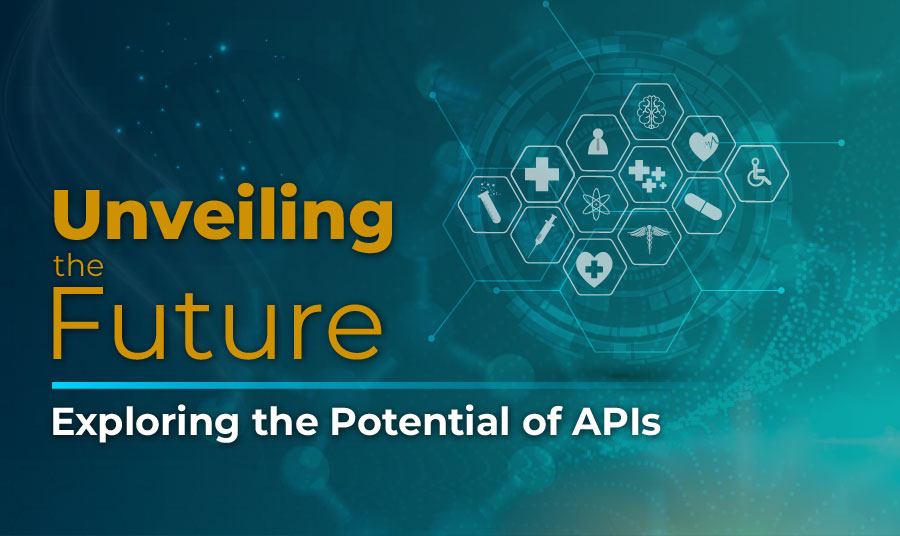Explore the future opportunities for API manufacturers as they drive pharma growth, innovation, and stronger global supply chains.
The future of Active Pharmaceutical Ingredients (APIs) holds significant promise and challenges alike. APIs, the bioactive and chemical components of drugs, play a pivotal role in disease management, treatment, and prevention. Over recent decades, the global API market has witnessed exponential growth, driven by the escalating use of drugs and biologics in healthcare. This surge is further fueled by the widespread adoption of stringent quality standards like Good Manufacturing Practices (GMP), current GMP (cGMP), and International Conference on Harmonisation (ICH) guidelines, enhancing safety benchmarks across the industry.
However, amidst this growth trajectory, the API sector confronts multifaceted challenges. Pressures to shorten development cycles, reduce costs, optimize process designs, and uphold quality standards without compromising profitability loom large. The expiration of patents on numerous innovative drugs has also reshaped the API landscape, necessitating strategic adaptations. To navigate this dynamic environment and sustain profitability in a milieu characterized by high volumes and low margins, the industry urgently requires technological breakthroughs.
Several factors underpin the continued expansion of the API market. The escalating incidence of oncological, cardiovascular, diabetic, and lifestyle diseases, coupled with the proliferation of healthcare facilities and rising geriatric populations in developing nations, are key drivers of market growth. Additionally, heightened healthcare expenditure and growing awareness and education about diseases contribute to the market’s upward trajectory.
The API market exhibits diverse segmentation based on API type, drug classification, manufacturer profile, therapy area, and geographical distribution. Chemical and biological APIs represent the primary categories, further subdivided into innovative, generic, and over-the-counter drugs. Market participants are delineated into captive (in-house) manufacturers and merchant (contract) manufacturers, each catering to distinct segments like oncology, cardiovascular, neurology, and musculoskeletal drugs. Geographically, the market spans North America, Europe, Asia Pacific, and Latin America, reflecting varied regional dynamics and growth potentials.
In pursuit of expansion and market dominance, industry leaders employ strategic growth tactics, prominently through mergers and acquisitions. Notable instances include Ranbaxy’s acquisition of Sun Pharmaceutical, consolidating its position as India’s largest drug manufacturer, and Hospira’s takeover of Orchid Chemicals & Pharmaceuticals Ltd’s API facilities, augmenting its research and development capabilities. The industry is characterized by prominent players such as Novartis AG, Pfizer Inc., Teva Pharmaceutical Industries Ltd., Mylan N.V., and BASF SE, each strategically situated to take advantage of emerging opportunities and market trends.
In essence, the future of APIs hinges on navigating through challenges, embracing technological innovations, and capitalizing on evolving market dynamics. By fostering collaboration, driving innovation, and prioritizing quality and sustainability, stakeholders can unlock the full potential of APIs, propelling healthcare advancements and ensuring enhanced patient outcomes on a global scale.
API Manufacturers
API Manufacturers
Comments are closed.












